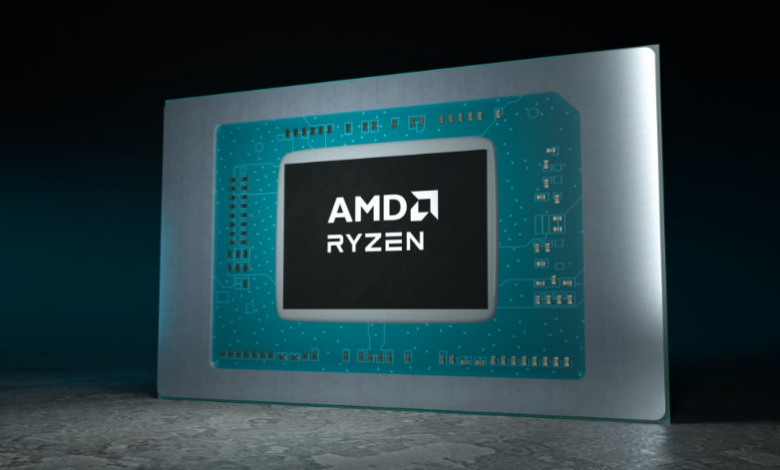
AMD Combines Large and Small Cores in New Ryzen Chips for Laptops
This week, AMD announced the Ryzen 5 7545U and Ryzen 3 7440U processors for ultra-thin laptops. It would be a common release if it weren’t for one detail: the novelties combine Zen 4 architecture cores, which receive demanding processes, with small Zen 4c cores, which handle simpler tasks. This hybrid approach optimizes the energy efficiency of each model.
The new chips are part of the AMD Ryzen 7040U family, which was introduced in May. They have the following specifications:
What are Zen 4c cores?
Introduced in AMD Epyc chips for datacenters, Zen 4c cores are scaled-down versions of Zen 4 architecture cores. As the following image shows, the Zen 4c cores of the Epyc line occupy an area of only 2.48 mm² on the chip, while the Zen 4 cores need 3.84 mm², considering a 5-nanometer technology from TSMC.
The size difference, of approximately 35% between the architectures, allows AMD to pack more cores on a chip or make flexible combinations, such as the Ryzen 3 7440U, a quad-core that has only one Zen 4 core, but three Zen 4c cores, which makes it cheaper.
The Zen 4 and Zen 4c cores are the same in many ways, but there are differences between them in the performance factor. Zen 4c cores have lower frequencies, for example, although AMD hasn’t revealed the numbers. Because of this, they should be triggered when there are not too demanding tasks. The more powerful Zen 4 core handles the most advanced workloads.
Not the same as Intel’s hybrid architecture
The combination of Zen 4 cores with Zen 4c appears to be AMD’s answer to Intel’s hybrid approach, which mixes high- and low-performance cores from 12th Gen Core processors for power efficiency purposes. But that’s not quite the case.
As the specialized website Tom’s Hardware explains, the Zen 4c cores retain the same instruction sets, the support for two threads and the cache hierarchy of the Zen 4 cores, while the Intel cores have differences in these parameters.
But the effect should be the same: like the efficiency cores in Intel processors, Zen 4c cores should perform simpler tasks to make the processor consume less power.
To make a rough comparison, it’s as if Zen 4 and Zen 4c form a single line of cars, with only differences in engine power between them.
Is it any good?
In a comparison of the Ryzen 5 7545U (two Zen 4 cores, four Zen 4c cores) with the Ryzen 5 7540U (six Zen 4 cores), AMD showed that the former was only slightly inferior in tests via Cinebench R23, but also required less power. This suggests that chips with a hybrid approach may indeed be a well-performing and energy-efficient option in notebooks.
But it is the independent tests that will give an accurate answer. That’s because there’s a complicating factor. Windows sees all the cores of the new chips as identical, “noticing” only the clock differences between them. Therefore, the operating system may end up activating the most powerful ones when they are not needed.
Intel solves this problem with a technology called Thread Director, but as of yet, there is no equivalent on AMD’s chips.




